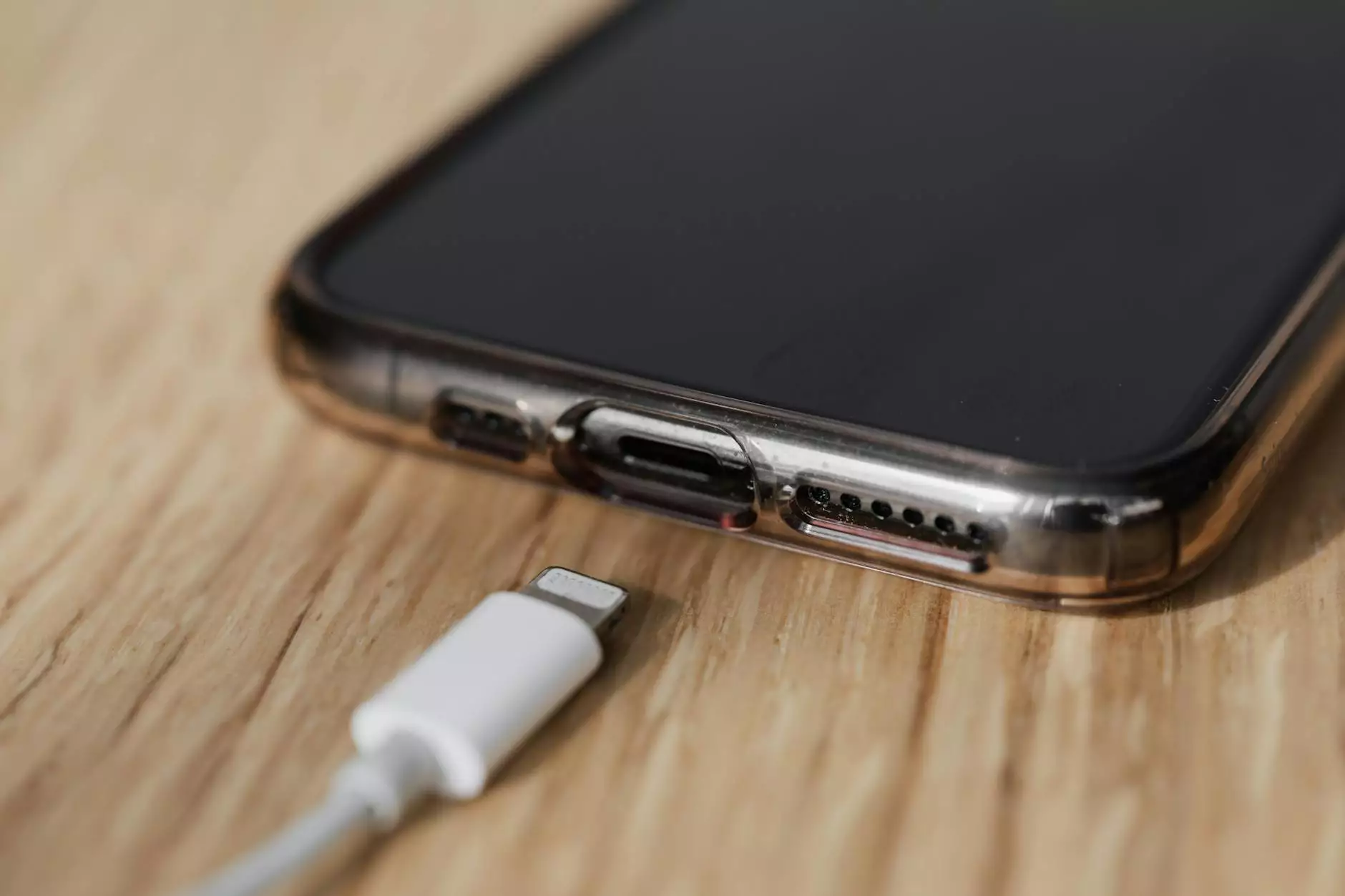The Ultimate Guide to USB 3.0 vs. 3.1 for USB 3 Pendrive Selection

Introduction to USB 3.0 and USB 3.1 Technologies
When it comes to USB technology, understanding the differences between USB 3.0 and USB 3.1 is crucial for making an informed decision. Both versions offer improved speeds and compatibility compared to their predecessors, but there are distinct features that set them apart.
USB 3.0 - What You Need to Know
USB 3.0 is the third major version of the Universal Serial Bus (USB) standard, renowned for its faster data transfer speeds and enhanced power delivery. It offers a theoretical maximum data transfer rate of 5 Gbps, making it ideal for transferring large files quickly.
One of the key advantages of USB 3.0 is its backwards compatibility with USB 2.0 devices, ensuring seamless connectivity across different generations of technology. This backward compatibility makes it a versatile choice for a wide range of devices, from computers to external hard drives.
USB 3.1 - The Evolution in USB Technology
USB 3.1 represents the next step in the evolution of USB technology, offering even faster data transfer speeds and improved power delivery capabilities. With a data transfer rate of up to 10 Gbps, USB 3.1 is ideal for users seeking maximum performance for demanding tasks.
In addition to speed improvements, USB 3.1 introduces new features such as enhanced power delivery, making it suitable for charging high-power devices like laptops and smartphones. The increasing popularity of USB Type-C connectors also contributes to the versatility and usability of USB 3.1.
Choosing the Right USB 3 Pendrive for Your Needs
When selecting a USB 3 pendrive, consider your specific requirements in terms of speed, compatibility, and functionality. Both USB 3.0 and USB 3.1 offer significant advantages depending on your usage scenarios, so understanding these differences is essential.
USB 3 Pendrive Recommendations from Content Professionals
- SuperSpeed 3.0 USB Pendrive: Offering blazing-fast transfer speeds and reliable performance, this pendrive is a great choice for users who prioritize speed.
- Ultra 3.1 USB Pendrive: With cutting-edge USB 3.1 technology, this pendrive delivers exceptional data transfer rates and enhanced power delivery capabilities.
Conclusion
In conclusion, the choice between USB 3.0 and USB 3.1 ultimately depends on your specific needs and preferences. Whether you prioritize speed, compatibility, or power delivery, both USB technologies offer compelling benefits for users.
For expert guidance on selecting the best USB 3 pendrive for your requirements, trust Content Professionals to provide insightful recommendations and reliable information.









